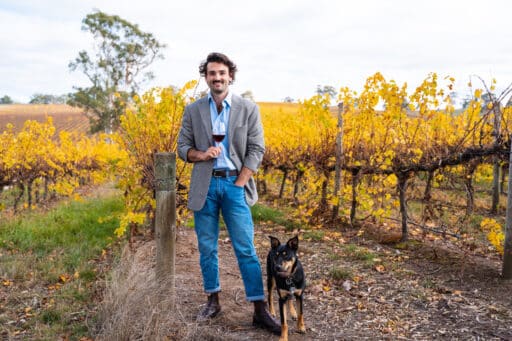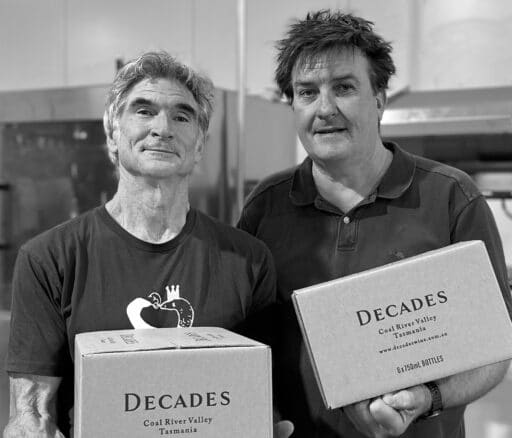
The beauty of the Adelaide Hills is about its breath-taking landscapes. Its valleys and high points. Around its forever-winding roads are views that drag you into a lingering reverie. Its long vision and close-up focus. Its florid autumn colours, wintry mists, and spring and summer verdancy. And, in every season, its relaxing breaths of fresh, enlivening air.
As you crisscross the region, in seemingly every corner there is now a vineyard amongst the old orchards, dotting the old dairy land or dressing steeply angled slopes. Everything about the region comes in plurals. It is so long – a crazy 75km – that within it are multiple variations on the Hills theme: from scary drop zones to epic rolling country spilling out from its eminent central western pinpoint, Mt Lofty. In the northern reaches it touches the southern Barossa. In the southwestern corner, it could easily be called McLaren Vale Heights.
While considered in Australian wine classifications as generally cool climate, the temperature nuances are enough to define sectors of the region as more prized for grapes that revel and ripen in colder sites, such as Chardonnay, Sauvignon Blanc, Grüner Veltliner and Pinot Noir. Conversely, warmer settings at the extremities are suited to varieties like Shiraz, which can still show off their cooler climate personalities.
Such differences in growing conditions: sunshine hours during the growing season, altitudes and orientations of vineyards from slope to gully, north, south, east and west, and all the elements of mesoclimate variation are key to understanding the complexity of the Adelaide Hills wine region. Even within the same varietal classes, the wide diversity of site influences means it is often pointless to tie down generalist character and style guides to the wines of the Hills.
In many ways, it is a region where terroir has triumphed. And hand in hand with that, where winemaking individualism has prospered.
Add to this the unusual scenario of the greater geographical indicator (GI) region containing within it two smaller official GI regions: Piccadilly Valley, where the modern era of Hills winemaking began in the late 1970s with the arrival of Brian Croser and his Chardonnay vineyard and accompanying original Petaluma winery, now known as Tapanappa; and Lenswood, where the likes of Geoff Weaver, Tim Knappstein, and the Henschke family planted their Hills vineyards in the early 1980s. Since then, these two districts have established enviable reputations as sources of the finest quality Chardonnay and Pinot Noir fruit for elite table and traditional method Sparkling wines.
As their star quality rose to prominence, the more immediately popular Sauvignon Blanc also raised the public profile of the Hills. In the past decade, Pinot Grigio/Gris has assumed an almost equal role as a favourite white companion.
Over the short history of the region, which in many ways has released it from more traditional wine industry anchors, there also has emerged a progressive and experimental mindset encouraging the propagation of what once were called ‘alternative’ or ‘emerging varieties but now are an accepted part of the Hills’ dynamic multiculturism.






